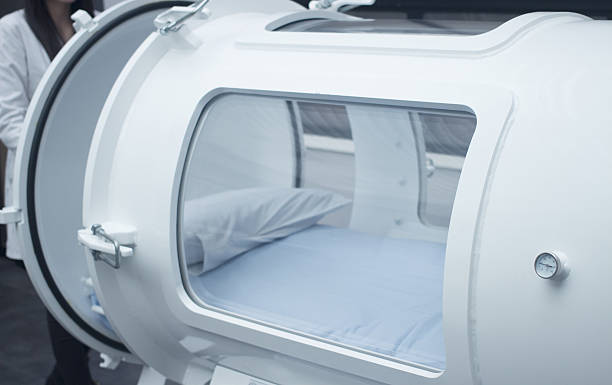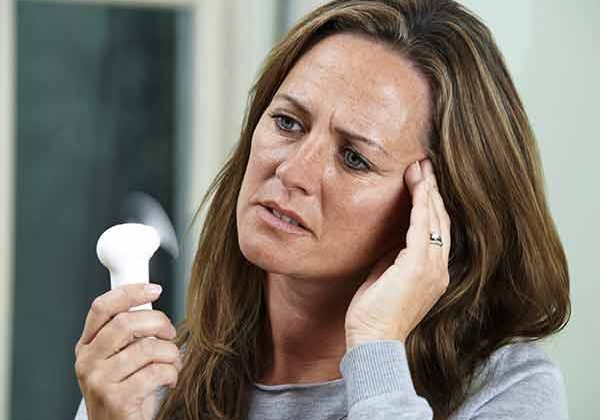Hyperbaric oxygen therapy tested for post-covid conditions
Hyperbaric oxygen therapy, giving patients 100 percent oxygen at a pressure corresponding to 10-20 meters below sea level, has been around for almost 100 years. But the method lacks modern evidence from clinical studies, which also means that there is a lack of knowledge about dosage, all patients receive the same dose.
“When I started my research, I wanted to find out how the treatment should be dosed to different patients,” says Anders Kjellberg, deputy chief physician and head of the Hyperbaric Unit at Karolinska University Hospital and researcher who has now written a thesis on hyperbaric oxygen therapy.
But he only had time to do two dose trials – then came the covid-19 pandemic.
“We had patients with oxygen deficiency and uncontrolled inflammation. They had exactly the problems that hyperbaric oxygen therapy can help with,” says Anders Kjellberg.
He has tested the treatment on 17 covid-19 patients at three different hospitals and compared it with an equally large control group.
“In the 20 patients we had at Karolinska University Hospital, we saw a huge difference between those who received the treatment and those who did not. They were able to go home much earlier and their vital parameters such as pulse, respiratory rate and oxygenation improved,” he says.
The hypothesis is that the treatment exposes the immune cells to a stress that causes old and bad immune cells to die, thereby rejuvenating the entire population of immune cells that function better afterwards.
A study on 80 post-covid patients is now underway, with the hope that they will also benefit from the treatment.
“The results will come later in the year,” says Anders Kjellberg.
Full bibliographic information
Published on 20/02/2024 by Karolinska Institutet
Original Publication: On February 16, 2024, Anders Kjellberg defended his doctoral thesis: “Randomised clinical trials with hyperbaric oxygen in COVID-19 and Long COVID : transcriptomic insights into benefits and harms”
Article: https://openarchive.ki.se/xmlui/handle/10616/48928





